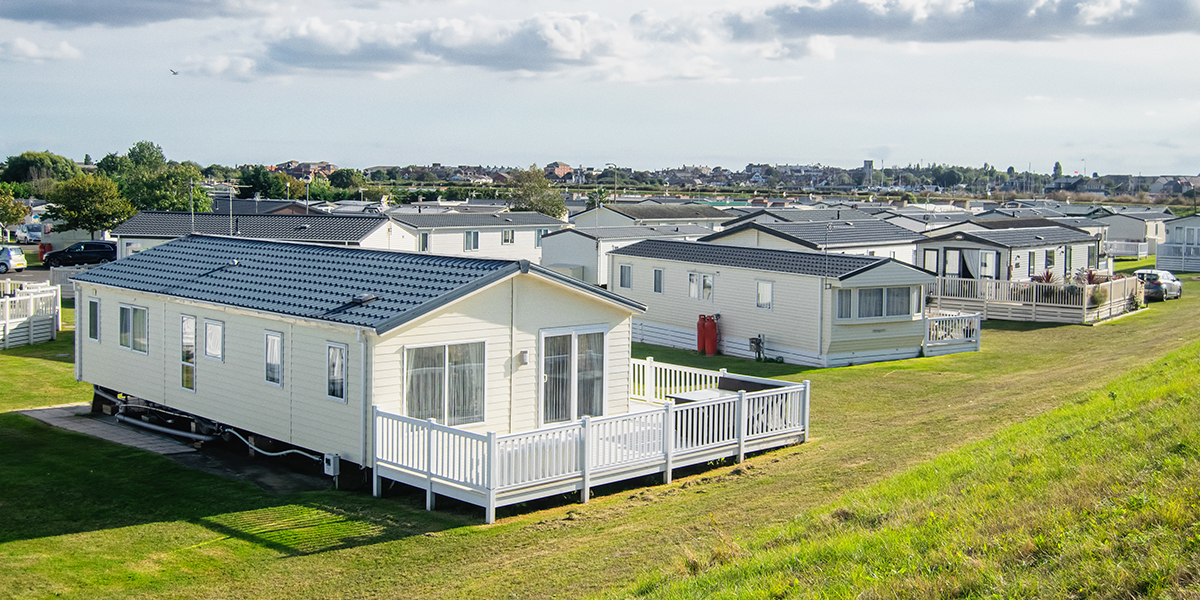As winter quickly draws to a close, the time has come to inspect the damage caused by the past few months of freezing temperatures, ice, and snow. With the inevitable annual thaw in mind, we have compiled a list of tips to help you identify leaks and conserve water by staying proactive throughout the spring and summer; and with a whopping 850 water main breaks every day in the United States, you can never be too suspicious of leaks on your property.
By following the guidelines below, you can save thousands of gallons and dollars annually!
 Multifamily
Multifamily
1.) Check the water pressure on each building. Excessive pressure (more than 80 psi) can increase the chance of leaks.
2.) Reduce lawn irrigation. Most communities overuse water, but it’s easy to train your grass to grow with less.
3.) Make sure all irrigation rain sensors are working.
4.) Monitor the water line to the swimming pool as it is notorious for leaks. Not only will you save on water, you’ll save on chemicals too!
5.) Inspect all units for leaks quarterly while performing preventative maintenance. Be sure to also check laundry rooms for leaks, as well as hose bibs for drips.
6.) Inspect basement crawl spaces for leaks. Even small leaks here can cause devastating structural damage.
7.) Check your property for wet spots and alligatored pavement. These are common signs of an underground leak.
8.) Take a daily walk through vacant units to check for running faucets or toilets.
9.) Reduce lawn areas or replace grass turf with new, deep rooted varieties that require less water.
10.) Buy products bearing the EPA’s WaterSense label for conservation and performance.
 Commercial
Commercial
1.) Inspect the building weekly (restrooms, kitchens, water lines, hose bibs, etc.) and make any necessary repairs.
2.) Tour the entire property monthly; thoroughly inspecting water lines and meter vaults for leaks. Also be on the look-out for wet spots and alligatored pavement as these are common signs of an underground leak.
3.) Inspect cooling towers for valve malfunctions and leaks.
4.) Install meters on the make-up and bleed-off lines to aid closer monitoring, in turn, confirming that the system is operating at optimum parameters.
5.) Inspect your irrigation system for leaks and improperly set timers, as well as broken or misdirected sprinkler heads.
6.) Install rain/freeze sensors on your irrigation system and inspect weekly.
7.) Test the building’s water pressure. Excessive pressure increases the chance of leaking and may cause damage to fixtures.
8.) Replace high-flow fixtures with low-flow. Consider metered valve, self closing, infrared and ultrasonic sensor fixtures.
9.) Look for products bearing the EPA’s WaterSense label for conservation and performance.
10.) Educate tenants, employees, and visitors to conserve water and report leaks.
For more water saving tips, click here or follow us on social media for the latest in water news, tips, and fun facts.
WaterSignal is a green technology company focused on water conservation. WaterSignal measures water flow in real time to detect leaks and monitor domestic meters, irrigation systems, and cooling towers for residential, commercial, multifamily, senior living, medical, schools and colleges. WaterSignal is located in Alpharetta, GA, and currently has operations in 23 states. Follow us on Twitter @watersignal



